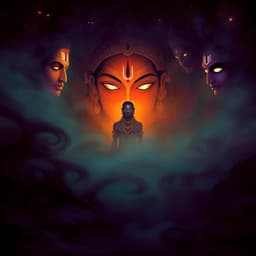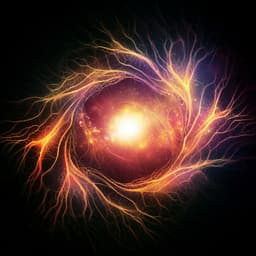
Humanities
The Rosetta Stone and the Nemrud Nomos: the discovery of significant textual and astronomical similarities
M. Crijns
Dive into groundbreaking research conducted by Maurice Crijns that uncovers striking parallels between the hieroglyphs on the Rosetta Stone and the Commagene Nomos. This study reveals a fascinating link in astro-religion, exploring celestial events that could lead us back to a shared cult of the stars.
Playback language: English
Related Publications
Explore these studies to deepen your understanding of the subject.







